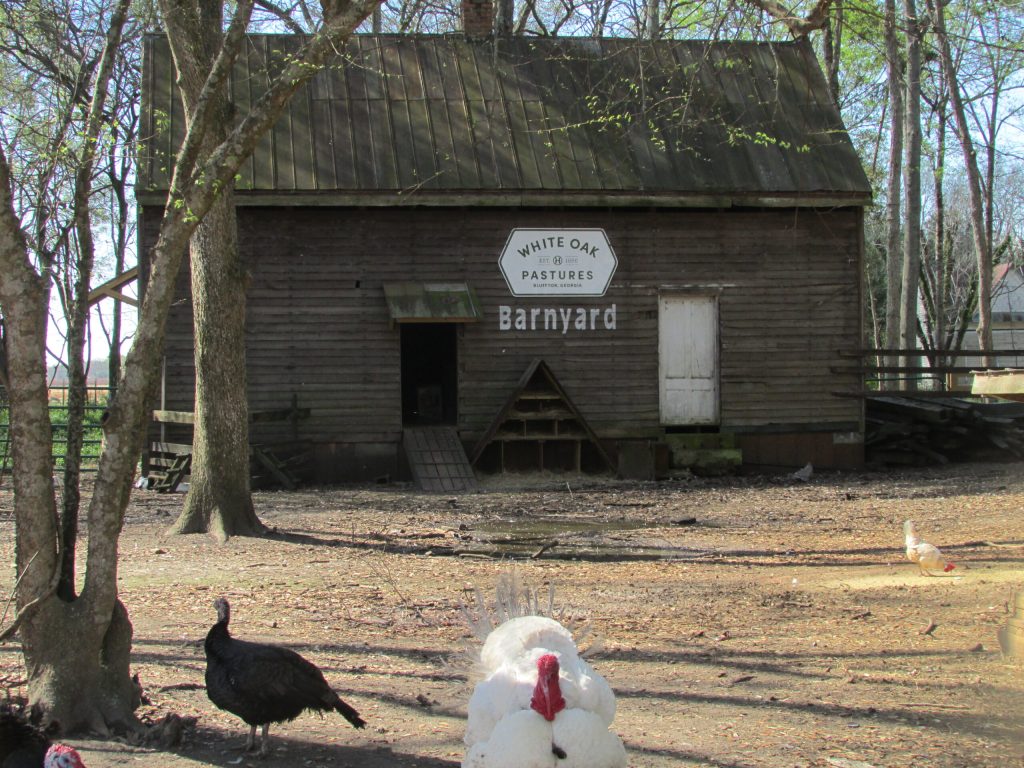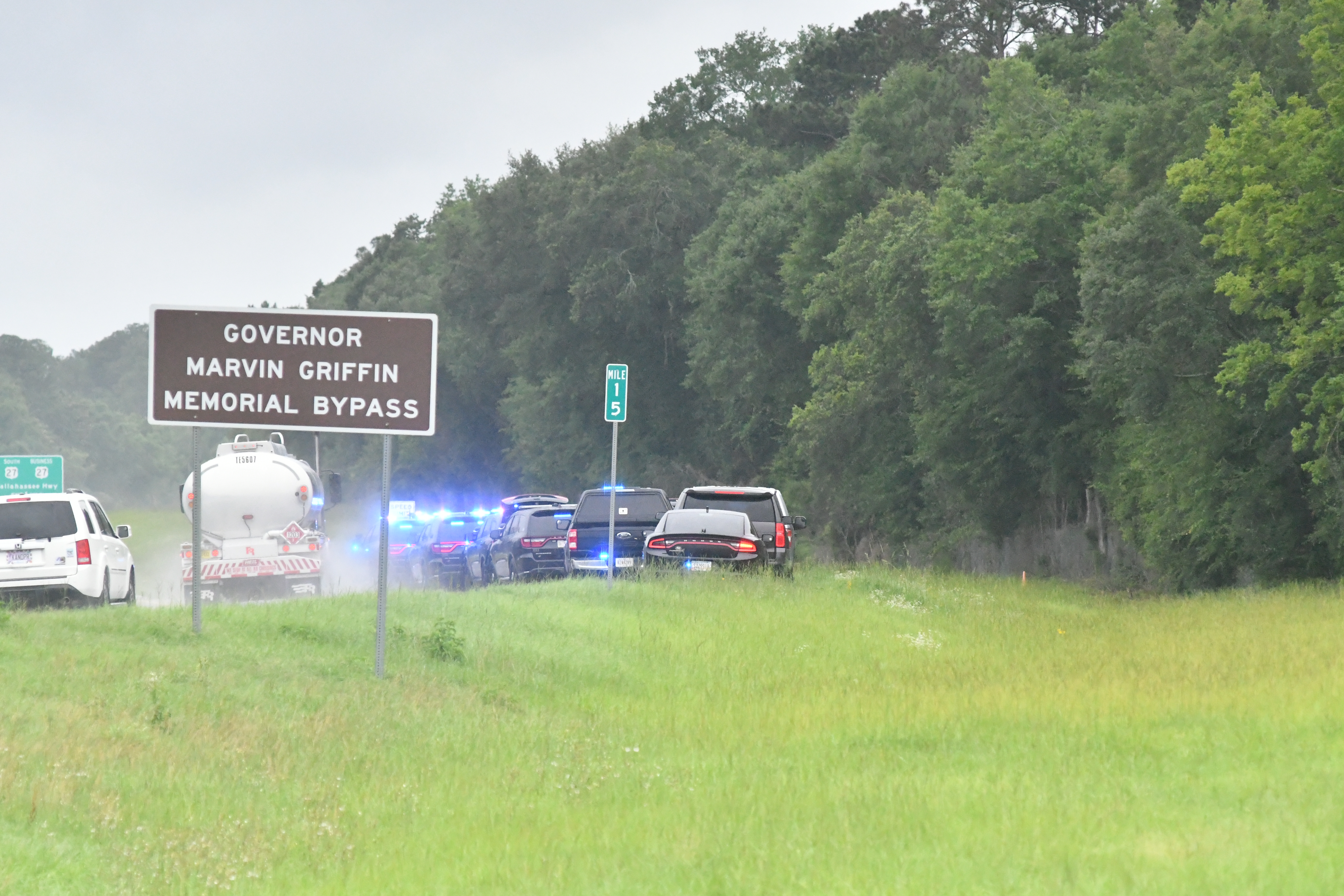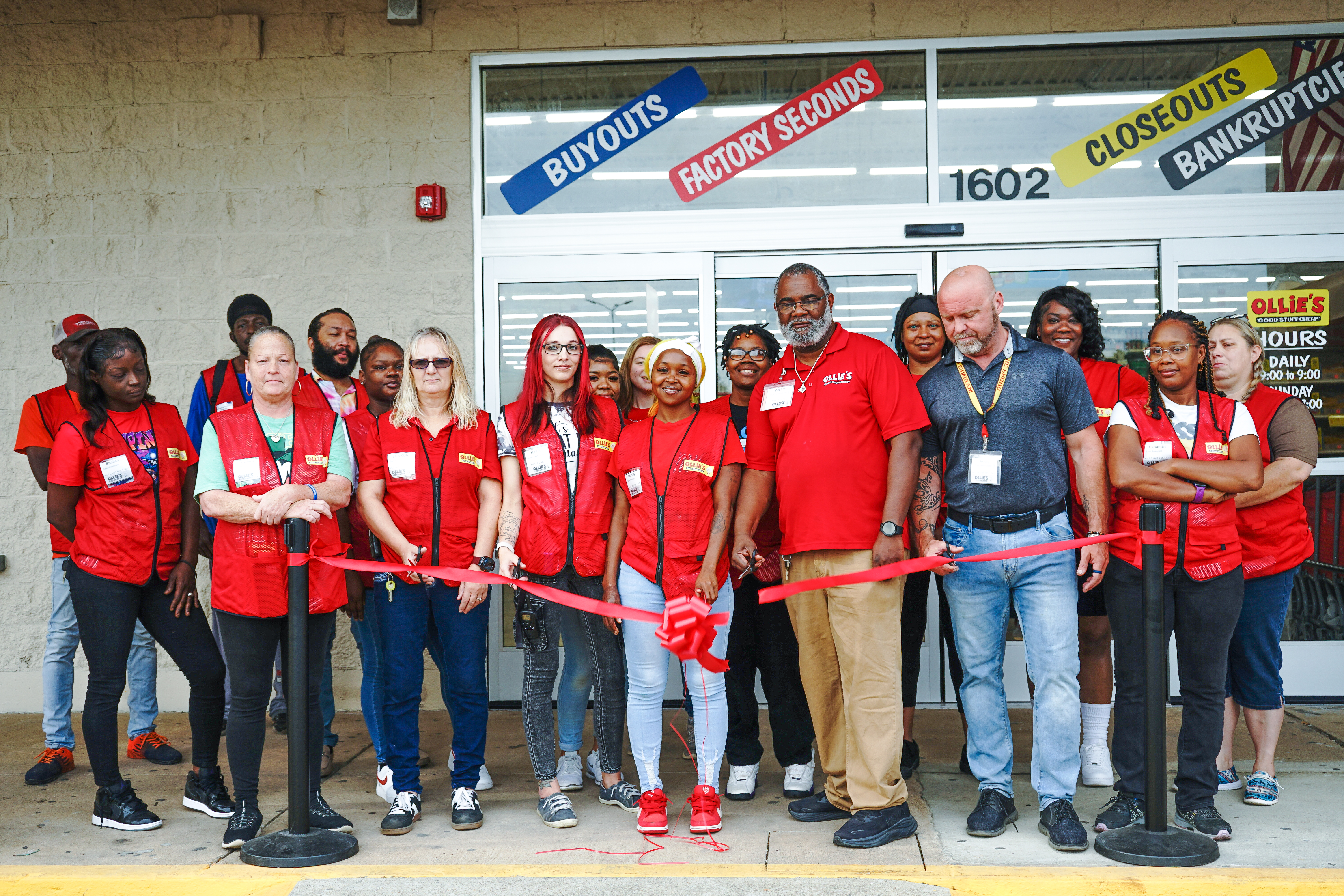Thanksgiving Needs the Turkeys
Published 11:50 am Sunday, December 3, 2023
|
Getting your Trinity Audio player ready...
|
There are many stories and legends about the origins of Thanksgiving and its most popular food, turkey. While researching the beginning of this holiday, and the eating of the turkey, I found that there are quite a few versions about this day. I thought you would like to share them with me. Since we have probably ate our share of turkey sandwiches, turkey barbeque, turkey soup and turkey surprise, let’s go the other way. Jump on up on my tailgate and we can feast on some pork rinds and a Co Cola today.
Seems that the Thanksgiving that was celebrated by the Pilgrims was not the first here in America. There is evidence that an earlier harvest celebration, put on by the Spanish explorers in Florida, took place on September 8th 1565, in St. Augustine. It, too, was a sharing of a bountiful harvest with the Indians who lived there. Next, is the documentation of a Thanksgiving feast in the Commonwealth of Virginia as early as 1607, and another in 1619. Turkey was first mentioned at this great feast.
The story of the celebration of Thanksgiving that has survived the test of time was the one that was celebrated at Plymouth, Massachusetts in 1621. Here, it was a major event before it caught on throughout the United States. It is believed that it was started by the Pilgrims and now is celebrated in millions of American homes.
I think that the phenomenon of this holiday would be a big surprise to the Pilgrims. In their diaries, they wrote about thousands of happenings that took place in their first five years in America, but hardly nothing about this now famous feast. They didn’t record the date or even call it Thanksgiving. They didn’t even specify that turkey was served, nor did the Pilgrims intend to share in the bounty of that harvest with the Indians. The Wampanoag Indians, about ninety of them, showed up unannounced. This almost tripled the number of people that were in attendance.
In reality, the settlers did not even have half of the food that they would have needed to keep their colony from starving over the up-coming winter and starvation was their major enemy. However, noticing their shortage of food, the Indians went out and hunted deer adding venison to the menu on this feast day. For the Indians, at harvest time they always held a feast of sharing and friendship. This is when they thanked their gods for their food.
This first Thanksgiving with the Pilgrims lasted three days. Fish was abundant and corn was prepared in several ways. There also were walnuts, chestnuts and beechnuts. There is no mention of any of our popular side dishes like green bean casserole, deviled eggs and macaroni and cheese. No dressing either.
As with a lot of these earlier celebrations, it was forgotten for many generations. However, I did find a couple timely accounts of this feast. The first one was in a diary called, “History Of Plymouth Plantation”, written by William Bradford, one of the governors of this first Colony. In it, Bradford described that day in 1621, like this: “And besides waterfowl there was great store of wild birds of which there were many, then besides venison etc. Besides, they had about a peck a meal a week to a person, or now since harvest, Indian corn to that proportion.” Even though this account was discovered some twenty-five years after the happening, it became the go-to book on Thanksgiving.
Another first hand account was written by Edward Winslow, author of, “Mourt’s Relation: A Journal of the Pilgrims at Plymouth”. In his account of this Thanksgiving, he doesn’t make an exact mention of turkey. However, he does write that the Pilgrims did, “gather wild fowl for the meal”. However, this could just as likely, have meant ducks or geese. Of course, turkeys are a possibility but were not a common food in that time. We also know that the Wampanoag Indians brought five deer. With so much venison on the menu as well as the seafood, which was plentiful and common at this time, there would have been lobsters and clams.
In 1777, the holiday of Thanksgiving in the United States became popular again and was observed on various dates throughout history. A day of Thanksgiving was declared by the Continental Congress. Also, in 1789, President George Washington issued a proclamation designating November 26, of that year, as a day of public Thanksgiving, “To recognize the role of providence in creating the new United States and the new federal Constitution”’
Washington called on the people of the United States, to acknowledge God for, “Affording them an opportunity to peaceably establish a form of government for their safety and happiness.” This was the first time, Thanksgiving was celebrated under the new Constitution.
After that, interest in that day seemed to fall away. The next time it was designated a holiday was in 1815. However, once again, it dropped off the calendar.
The next person to stir up interest in Thanksgiving was Sarah Josepha Hale of New Hampshire. She was the editor of the magazine called, “Godey’s Lady Book”. In it, she presented the turkey as the, “Big bird at the head of the table” and she published many recipes.
Hale campaigned for Thanksgiving Day to be recognized as a National Holiday, writing to numerous presidents. Finally, she was noticed by President Abraham Lincoln in 1863. Records showed that in this year, Thanksgiving was celebrated nationally, and on a fixed day. This was the result of an effort by President Lincoln to try to bring a separating America back together again. However, the holiday was only celebrated in certain areas.
By the beginning of the twentieth century, the final Thursday in November had become the customary day for the Thanksgiving celebration in most states. However, it was not until December 26, 1912, that President Theodore Roosevelt set the official date of Thanksgiving as the fourth Thursday in November. It was not until after World War I, that the story of the Pilgrims and Indians dining together became a popular theme for the holiday.
So, where does the turkey come in? Some say that the Pilgrims did not have turkey, but lots of vegetables and fruits as well as sea-food at this first celebration. However, in the account written by William Bradford, wild turkey was mentioned among the foods served. Even though this book was not written when the Pilgrims first landed, it is believed to be an accurate document. Bradford’s writings were stolen by the British during the Revolutionary War, sometime around 1778. Later, in 1854, they were recovered and returned to our country.
Today, the turkey is the most popular symbol of the holiday. This is believed to have been brought about in 1841, by Alexander Young, who said that the wild turkey was served at all Thanksgiving dinners. Some say that this is only because this tasty bird was commonly served at annual family reunions. Then, during the second half of the nineteenth century, Thanksgiving was more commonly symbolized by its New England origins and at this dinner wild turkey was served.
In the early 1900s, because of extensive hunting, wild turkeys were in danger of extinction. They were not only hunted for their tasty meat, but for their colorful feathers which had become a fashion of the time. Conservation efforts helped bring the species back and it now thrives. Today, North America is home to over seven million wild turkeys. According to a survey done by the National Wild Turkey Federation, nearly 88 percent of Americans eat turkey at Thanksgiving.
Here is an interesting legend about the Thanksgiving Day turkey. When Tad Lincoln, the youngest son of President Lincoln, was 10 years old he loved every animal that came into his sight. At this time, it created quite a dilemma for the President. Seems that in late 1863, just before Thanksgiving was resumed, a live turkey was sent to the White House. Its ultimate goal was to be the star of the Thanksgiving dinner. Meanwhile, Tad developed quite a deep affection for the doomed bird. In no time, he had taught the turkey, which he had named Jack, to follow him wherever he went. The two became inseparable.
Early on Thanksgiving morning, Tad wandered into the White House kitchen. He was very surprised to see Jack caged. When he asked why, the cook told him that the turkey was about to be killed and turned into dinner. Tad couldn’t believe what he heard! He immediately ran upstairs to talk to his father, who was holding a cabinet meeting. Suddenly, the door burst open and a very upset Tad came in. Crying loudly, he told the President that the turkey was about to be executed. Tad sobbed, “Jack must not be killed! It is wicked!”
To this, Lincoln replied, “Jack was sent here to be killed and eaten. I can’t help it.” However, Tad was not ready to give up. He began to explain that Jack was one of God’s creatures and should be spared. After all, Jack was a good turkey. Tad then added emphatically, “I do not want him to be killed!”
Lincoln considered his son’s argument. Picking up a quill pen and paper, he wrote a note to the White House chef. It was an official pardon from the President of the United States. He ordered that Jack be remanded into Tad’s custody. Smiling, he thanked his father, then rushed down the stairs hoping it wasn’t too late. Once in the kitchen, Tad handed the chef the note. He looked at it with disbelief. He then shook his head and opened the cage to release Jack. Tad took Jack into his arms and happily left the kitchen, leaving the chef to wonder what he would now cook for the celebration.
Neither father nor son realized that they started a tradition. Tad just wanted to save the life of his feathered friend. Since Jack’s pardon, other presidents have done the same, for it has become a tradition to pardon the White House turkey and release it into a National Park where it will be protected.
Ever since 1947, the National Thanksgiving Turkey has been presented to the president. Harry Truman got the first one. During an official ceremony in the Rose Garden, the President pardons the turkey, meaning its life is spared and it does not get eaten.
Here are some interesting facts about the wild turkey. Though they are a large bird, they can run about 25 miles per hour and can fly as fast as 55 miles per hour. The largest known wild turkey was a male that weighed 37 pounds. More than five thousand feathers covers the body of an adult turkey. This plumage keeps them warm and dry and helps with flying. Only a turkey’s head and upper neck are featherless. Since birds clean each of their feathers daily, the wild turkey is busy.
All male turkeys grow a cluster of long hair-like feathers called beards. They come out from the center of their neck. About 1 in 10 females have beards, too. Wild turkeys stay in flocks of up to sixty birds. This provides them with protection.
Wild Turkeys tend to have mostly dark meat because they are strong runners and flyers. Domestic, factory raised, turkeys have both white and dark meat because their muscles are not used as often. Turkeys use their legs and thighs to run, which requires more oxygen to be carried to the blood vessels. This makes the meat darker. However, breast muscles are not used as much, especially by domestic turkeys. Therefore, there are fewer blood vessels delivering less oxygen thus making the meat whiter.
A couple of things that I couldn’t find out about Thanksgiving are when did the phenomenon of “shop till you drop” Black Friday come about and when did TV football and the power nap start. I will keep searching for the answers and when I find them out, you can be sure that I will share them with you.
Maybe now, when you sit down with your family for that wonderful holiday meal, you could include a “Thank you, Jesus”, for the turkey.






